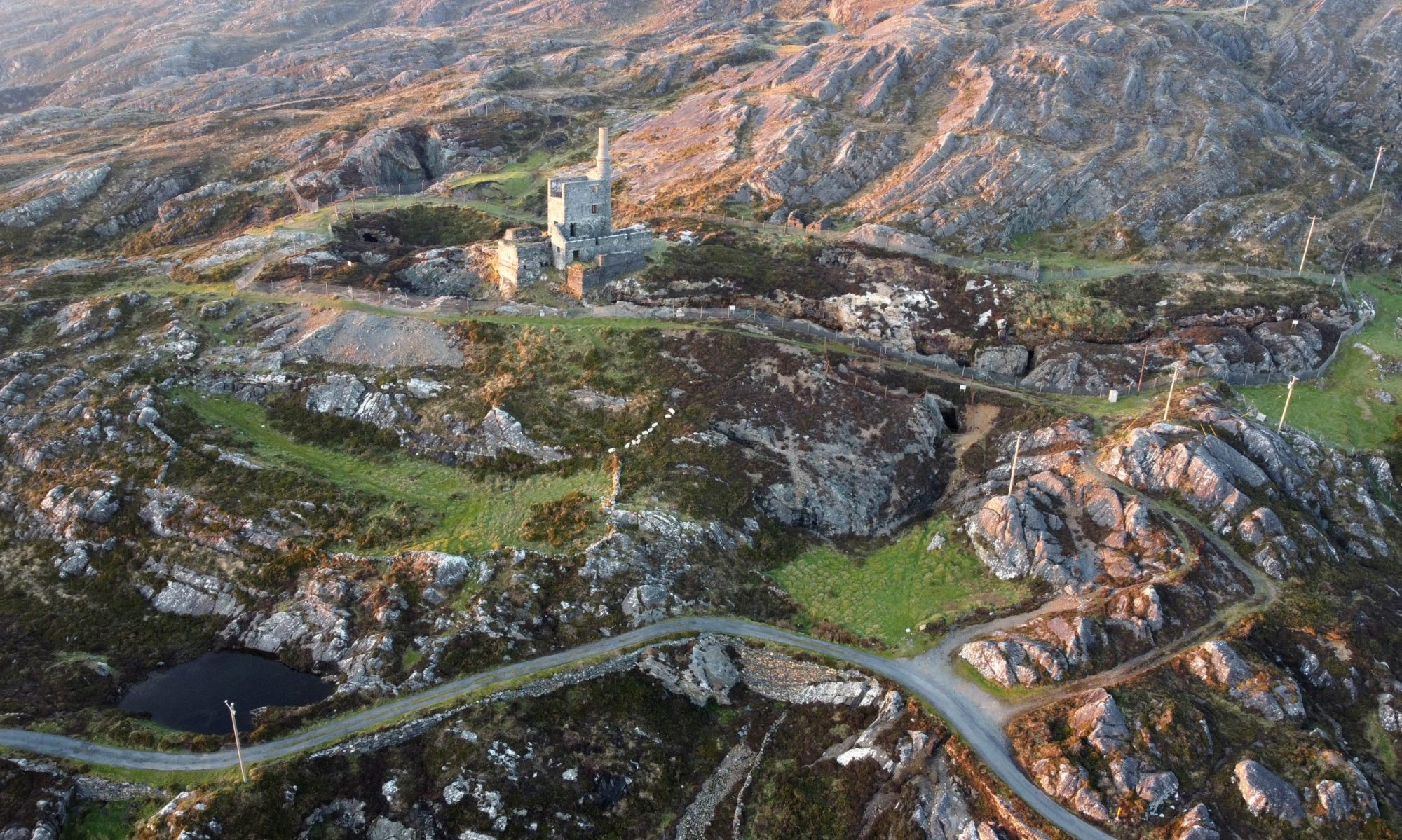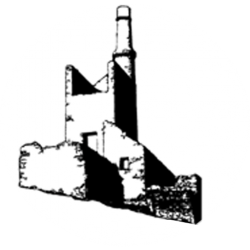Aims and objectives of Allihies Copper Mine Museum
The objective of the museum is to recognise, research, preserve and celebrate the rich mining heritage of Allihies.
The museum achieves this through the display of artefacts, the use of photographs, illustrations, original drawings and documents, diagrams and maps, as well as a number of key large-scale models together with text panels.
The location of the museum is a key factor being the Methodist chapel built in 1845 for the Cornish miners working in the mines.
ACMM has a vital community role in so far as it is a custodian of an important story that reaches into the heart of the community, shaping its identity.
The museum is not seen as a static entity but rather a continuous work in progress with new material being added as it comes to light.
Beyond the necessary limit of the information on display in the museum it is envisaged that ACMM will develop into a rich source of information on mining and local history for anyone seeking further study. To this end a library of books and documents has started, as well as the beginnings of an electronic database, and will broaden as the Museum develops and gains a reputation and status.
The core aspect of ACMM is the story of 19th and 20th century copper mining at Allihies.
The major emphasis is on the extensive 19th century workings of the mines from its discovery in 1812 through its continuous working until 1885. Subsequent working of the mine in the 1920s is also covered as well as the later opening of the mines in 1960s for exploratory work.
The three surviving engine houses and other mine buildings are key “off site” exhibits of the museum. A miinig trail has been develped and an information map published. The ultimate aim of the museum is the development of an underground experience in one of the main mine adits.
While the core story is that of mining, the policy of the museum is to place this story in a broad context by incorporating a wide range of sub-sections relating directly and indirectly to mining.
- The story begins with the geology of the area put in a global context and then focusing on the local geological conditions that supported the development of copper ore.
- The human story begins in the Stone Age with the inclusion of a 10,000 year old stone implement found near the shore locally which was used at the time for harvesting shell fish and is the most southerly find in Ireland of such an implement.
- The story is placed in the context of Bronze Age mining in the immediate area and West Cork in general.
- The museum focuses on the sociological context into which the 19th century mining enterprise arrived.
- The immensity of the engineering involved is focused on in detail.
- The 20th century aspect of the mines is focused on through the collection of stories of miners still living.
- The follow-on emigration to US mines after the closure in 1885 of the mines is focused on.
ACMM sees its role as one of education and enlightenment and entertainment. The story of the Industrial Revolution arriving in one of the more remote corners of Ireland is an exciting and inspiring one in itself but it is hoped that it will also stimulate understanding and insight into other aspects of our heritage.
ACMM will develop its educational role through engagement with schools of the area, both primary and secondary level, by offering group visits and tours and initiating involvement through projects.

